Intro
HCTZ is used to treat hypertension, edema, and heart failure, leveraging its diuretic properties to reduce fluid retention and lower blood pressure, managing conditions like congestive heart failure and nephrotic syndrome.
Hydrochlorothiazide, commonly referred to as HCTZ, is a diuretic medication that has been widely used for several decades. It is primarily prescribed to treat conditions such as high blood pressure and edema, which is the accumulation of excess fluid in the body. The importance of HCTZ lies in its ability to help the body remove excess fluid and salt, thereby reducing blood pressure and alleviating symptoms associated with fluid retention.
HCTZ works by inhibiting the reabsorption of sodium and chloride in the kidneys, leading to increased urine production. This process helps to reduce the volume of fluid in the bloodstream, which in turn lowers blood pressure. By managing high blood pressure, HCTZ helps to reduce the risk of cardiovascular diseases, such as heart attacks, strokes, and kidney damage. Additionally, HCTZ is used to treat edema caused by various conditions, including heart failure, liver disease, and a kidney disorder called nephrotic syndrome.
The use of HCTZ has become a cornerstone in the management of hypertension and edema, owing to its effectiveness and relatively low cost. Its widespread use is also attributed to its ability to be used in combination with other medications, enhancing its therapeutic effects. Moreover, HCTZ has been found to have a synergistic effect when used with other antihypertensive drugs, making it a preferred choice among healthcare providers. As research continues to uncover the benefits and potential uses of HCTZ, its significance in the medical field is likely to endure.
Benefits of HCTZ
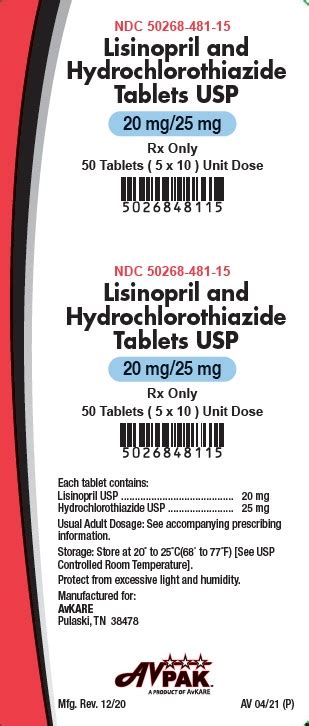
Some of the key benefits of HCTZ include:
- Lowering blood pressure: HCTZ helps to reduce blood pressure by increasing urine production, which in turn reduces the volume of fluid in the bloodstream.
- Relieving edema: By promoting the excretion of sodium and water, HCTZ helps to alleviate swelling and discomfort associated with fluid retention.
- Reducing cardiovascular risk: By managing high blood pressure, HCTZ helps to reduce the risk of cardiovascular diseases, such as heart attacks and strokes.
- Enhancing bone health: HCTZ increases the excretion of calcium in the urine, which can help to reduce the risk of kidney stones.
Working Mechanism of HCTZ
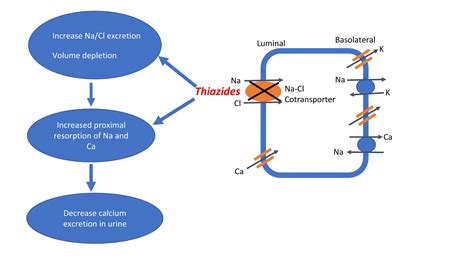
The steps involved in the working mechanism of HCTZ include:
- Inhibition of sodium and chloride reabsorption: HCTZ binds to the sodium-chloride cotransporter in the kidneys, preventing the reabsorption of sodium and chloride ions.
- Increased urine production: The reduction in sodium and chloride reabsorption leads to an increase in urine production, which helps to reduce the volume of fluid in the bloodstream.
- Reduction in blood pressure: The decrease in blood volume and blood pressure helps to reduce the risk of cardiovascular complications.
Steps to Take HCTZ
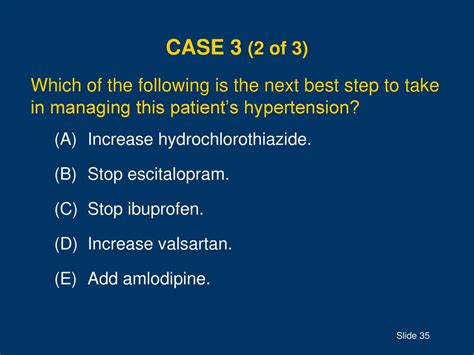
Side Effects of HCTZ
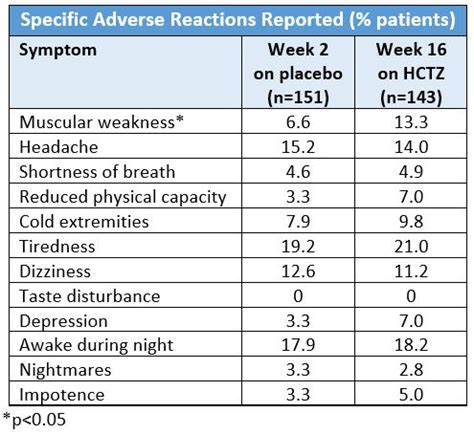
Interactions with Other Medications
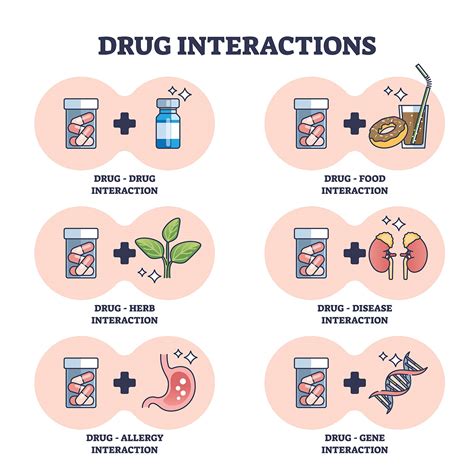
Precautions and Warnings
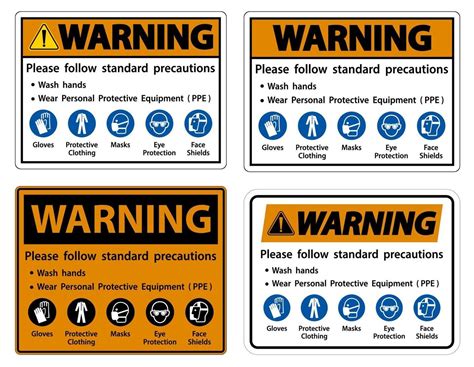
Special Considerations
Some special considerations should be taken into account when using HCTZ. These include: * Monitoring electrolyte levels: Regular monitoring of electrolyte levels is crucial to prevent electrolyte imbalance. * Adjusting dosage: The dosage of HCTZ may need to be adjusted in individuals with kidney or liver disease. * Avoiding dehydration: Individuals taking HCTZ should avoid dehydration by drinking plenty of fluids.Conclusion and Final Thoughts

We invite you to share your thoughts and experiences with HCTZ in the comments section below. If you have any questions or concerns, please do not hesitate to ask. We also encourage you to share this article with others who may benefit from the information.
What is HCTZ used for?
+HCTZ is primarily used to treat high blood pressure and edema, which is the accumulation of excess fluid in the body.
How does HCTZ work?
+HCTZ works by inhibiting the reabsorption of sodium and chloride in the kidneys, leading to increased urine production and a reduction in blood pressure.
What are the benefits of HCTZ?
+The benefits of HCTZ include lowering blood pressure, relieving edema, reducing cardiovascular risk, and enhancing bone health.
What are the side effects of HCTZ?
+The common side effects of HCTZ include dizziness and lightheadedness, increased urination, electrolyte imbalance, and allergic reactions.
Can HCTZ interact with other medications?
+Yes, HCTZ can interact with other medications, such as other diuretics, beta blockers, and ACE inhibitors, which may enhance or reduce its therapeutic effects.
